Career and technical education (CTE) prepares students for success in the modern workplace. But it’s not just for students who aren’t college-bound. In fact, students who take CTE courses in high school are slightly more likely than their peers to enroll in college within two years of graduating, one study found.
CTE gives meaning to students’ education by emphasizing practical knowledge and real-world skills within a chosen career focus. It helps students understand the relevance of what they’re learning in school, and it helps them set goals and focus on their future.
This is important because research suggests that too many students are disengaged from their education. In a recent Gallup poll, students gave their schools an average grade of “C+” when it comes to making them feel excited about learning.
There are many elements that contribute to the success of CTE programs. According to a framework developed by the Association for Career and Technical Education (ACTE), these elements include a curriculum based on industry-validated standards and competencies; engaging, hands-on instruction that applies these competencies within authentic, real-world scenarios; skilled faculty who possess up-to-date industry knowledge and certifications; and partnerships with industry representatives and workforce development organizations.
The learning space itself, and how it’s furnished and equipped, also plays a critical role. As ACTE observes: “Facilities, equipment, technology, and materials used in the program of study [should] reflect current workplace, industry, and/or occupational practices and requirements.”
When designing and equipping learning spaces to support effective CTE instruction, here are eight key factors to consider.
1. Learning Goals
As with any type of learning environment, the design of CTE classrooms should be shaped by the goals you have for instruction and the skills you want students to learn within those spaces—and these will naturally vary for each career pathway.
Think about what you want students to learn and do in those spaces, and therefore how these spaces should be able to function. For instance, an engineering studio might have one area where students research and brainstorm their ideas, equipped with mobile devices, whiteboards, and other tools for ideation; a separate area for designing and prototyping, with high-powered computers for running CAD software and work surfaces and materials for constructing; and perhaps a third area for presenting their ideas and sharing finished products, equipped with a digital projector and/or a large-screen monitor.
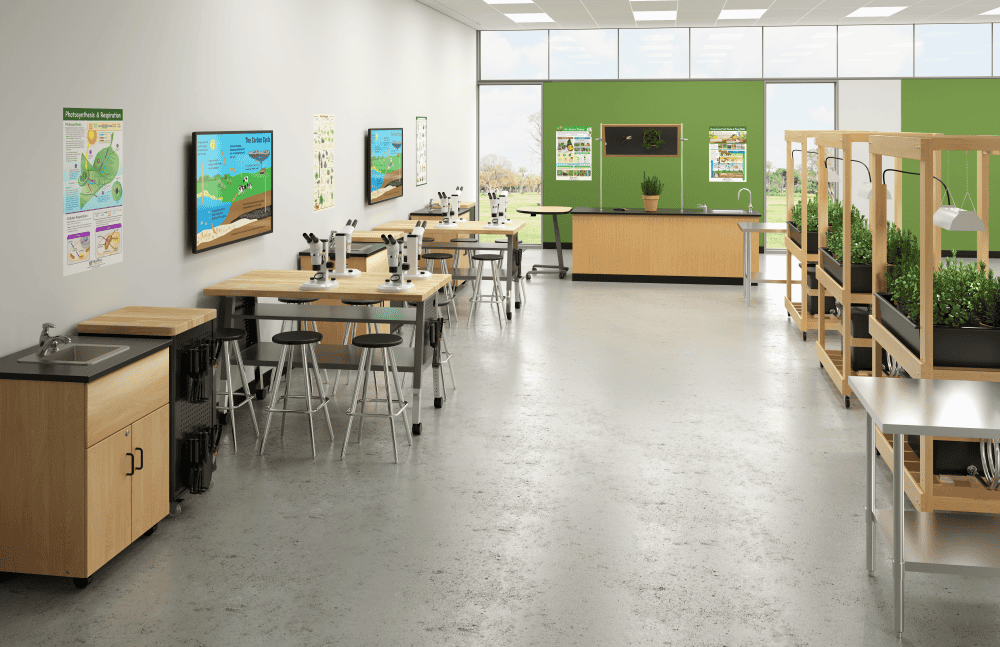
2. Industry Alignment
Make sure you consult with industry experts when designing CTE learning spaces. Just as you’d ask for input from employers and professional associations when designing your CTE curriculum, you should do the same when planning the learning environment.
What equipment, materials, and technologies should students be using in class to learn the skills they’ll need for success in that field? Look to modern workplaces for inspiration: What does a typical office, lab space, or other work environment look like in that field?
3. Flexibility
Because career and technical skills are evolving rapidly, CTE classrooms should be designed with maximum flexibility and versatility in mind, so they’re easily adaptable as needs and circumstances change.
For example, you might use room dividers and/or strategically placed furniture to define learning spaces in ways that can be changed quickly as necessary. Movable partitions can be used to divide large, open CTE spaces into smaller rooms or spaces to fit specific needs or learning objectives. Choosing easily moveable and adaptable furniture—such as chairs that glide, furniture on casters, and modular desks and tables that can be arranged into different configurations instantly—also makes learning spaces highly flexible.
4. Hands-on Learning
For CTE to be effective, students need opportunities to learn career and technical skills in the context of authentic work experiences. High-quality CTE is characterized by active, hands-on learning, in which students complete the kinds of real-world tasks and projects they would typically encounter in that field. In the process, students learn not only important career skills but also future-ready skills that are essential in any workplace environment, such as problem-solving, critical thinking, and creativity.
Supporting hands-on learning raises several key design considerations. For instance, students will need plenty of space to work safely without bumping into each other. According to National Fire Protection Association fire codes, there should be at least 50 square feet per occupant in academic labs and workshops—though research suggests that a minimum of 60 square feet per student can significantly limit accident rates.
Think, too, about what types of authentic equipment students will need to operate. An automotive program will need lifts for students to work on cars, as well as shop equipment and diagnostic tools. A metalworking program will need milling tables and other specialized equipment. If a career field requires large, heavy machinery or other equipment, these needs must be identified and planned from the very early stages of the design process.
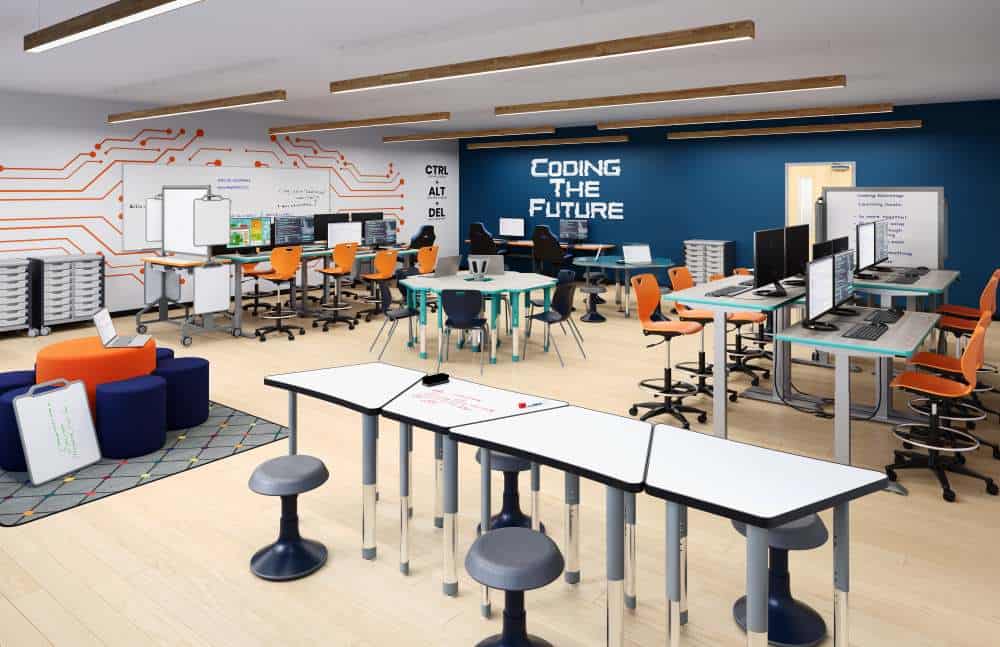
5. Student Collaboration
Communication and collaboration are essential skills in the modern workplace, and this is true across all career fields. Students can learn how to work effectively in teams by collaborating on CTE projects, and a well-designed CTE environment can foster and support this type of collaborative learning.
In today’s office spaces, you’ll often see employees working together in small, impromptu groups to solve a problem. To support this activity, many office spaces are designed with open common areas where employees can gather in flexible groups as needed. This simple design element can easily be reproduced in a CTE learning environment.
Tables and chairs that are on casters can easily be moved around the room to create fluid, agile learning spaces that support active and collaborative learning very effectively. What’s more, tables that fit together in multiple configurations— such as groups of three, four, or five—can support flexible group sizes for collaborative work.
6. Safety
Creating a safe working environment for students is a key consideration when designing CTE classrooms. To accomplish this goal, the National Institute for Occupational Safety and Health (NIOSH) has published a series of safety checklists for administrators to consider. The checklists are organized by career path, and they’re based on federal standards and regulations.
The International Technology and Engineering Educators Association (ITEEA) has issued a report with safety recommendations for CTE instruction. ITEEA conducted a study of school lab facilities and found a noticeable lack of ventilation, access to eye-wash stations and showers, fully stocked first aid kits, emergency power shut-off controls, and personal protective equipment in these areas. These are all features that designers of CTE learning environments should incorporate to keep students safe.
Air filtration is also something that schools should invest in when students are operating 3D printers; however, this was absent in 75 percent of the schools surveyed. “Studies have found hazardous levels of ultrafine particles … are often emitted from desktop 3D printers,” the report notes.
Other recommendations from the ITEEA report include using a UV sanitizer to sanitize eye protection goggles after each use; installing an appropriate number of sinks with running cold and hot water sources in CTE labs and workspaces, based on class enrollment; using tape or paint to clearly designate safety work zones on the floor near all machines and equipment; and installing non-skid strips to prevent slipping and falling around any machinery.
7. Storage
Students will need plenty of space to store all of their tools, equipment, and materials securely when these items aren’t being used. Items like this Quantum eight-shelf steel storage unit, which accommodates 28 individual storage bins, can help solve storage-related challenges.
Although traditional cabinets and storage units might meet your needs, you may find that space is at a premium. To maximize your use of space within CTE learning environments, you can use tables and workspaces that include built-in storage for safely stowing materials and equipment. For instance, Classroom Select manufactures STEAM learning tables that seat four students and contain built-in storage for supplies.
There are also several mobile storage solutions to choose from. The Classroom Select® Geode storage cabinet, which contains 12 storage trays, comes on wheels so it can easily be transported from one location to another.
8. Branding
Branding is important, especially in a CTE classroom, because it helps create a professional and engaging learning environment that reflects the real-world industries students are preparing to enter. A well-branded classroom can inspire students by making them feel part of a community and emphasizing the relevance of their education to future careers. It reinforces the program’s identity, builds a sense of pride and ownership among students, and sets clear expectations for professionalism. Branding also helps communicate the program’s focus and values to students, visitors, parents, and potential industry partners, making it easier to connect with industry professionals and stakeholders who can support the program’s goals. Branding helps to create and build a sense of community and pride among students. This can also help attract new students to the program.
Enhancing CTE Instruction
A modern learning environment that is thoughtfully designed can enhance CTE instruction and effectively prepare students for future careers. School Specialty has extensive experience in helping K-12 leaders design, furnish, and equip CTE classrooms for success.
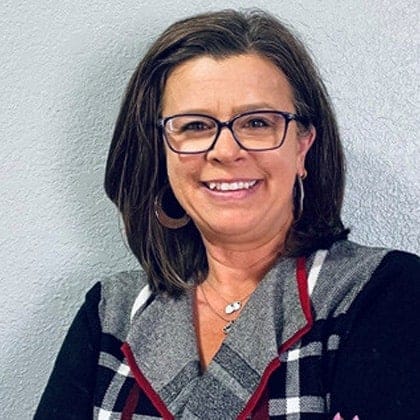
Sue Ann Highland, Ph.D., is a National Education Strategist for School Specialty. She has more than 20 years of experience as an educator and administrator in school systems across Colorado, with broad expertise in designing and creating highly effective learning environments.

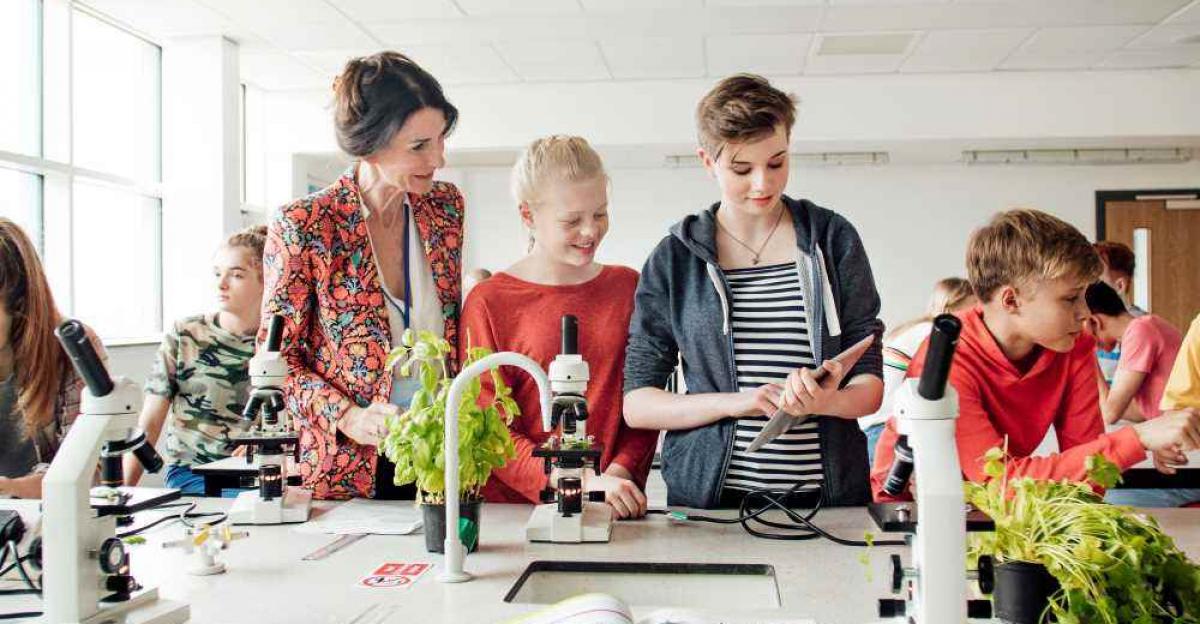
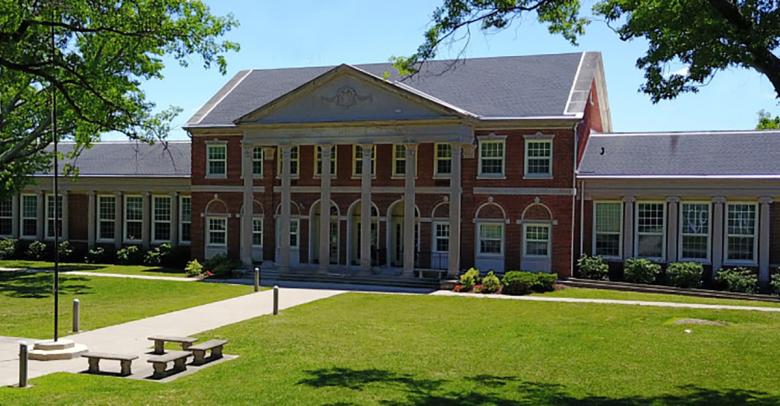
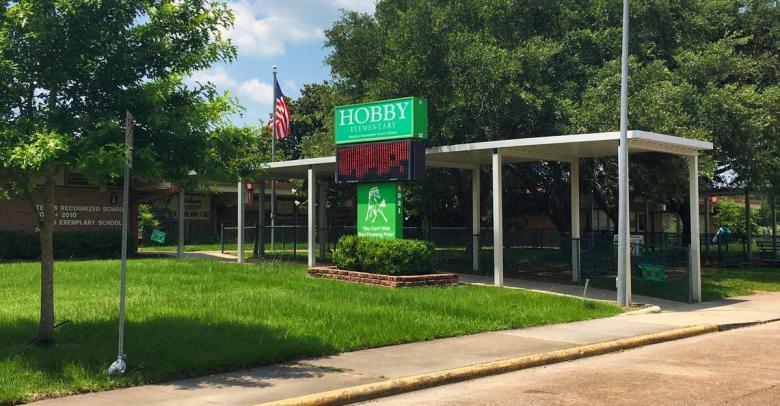
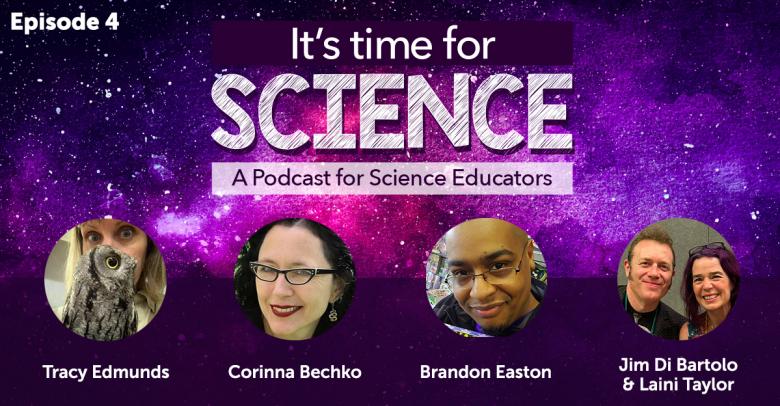
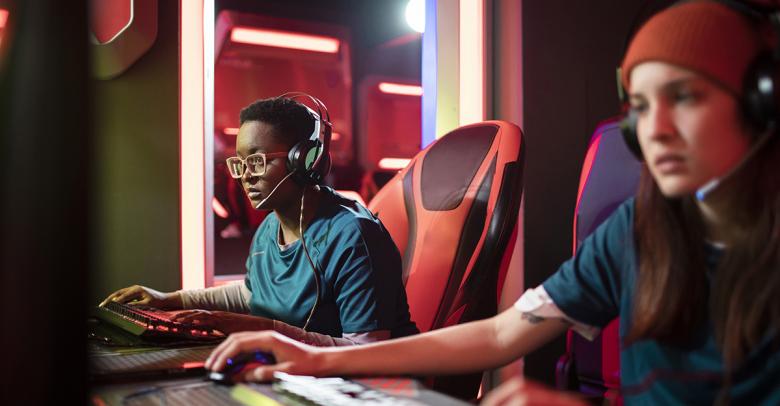
Leave a Reply